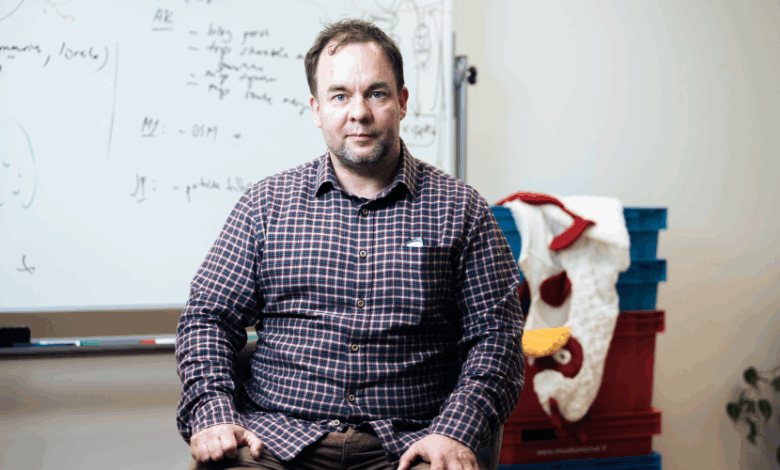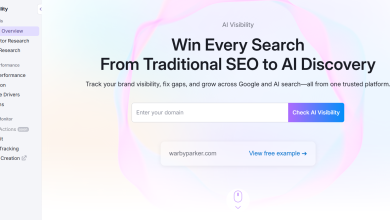
When I became a parent, I had the same thought every new parent has: I’ll remember all of this. (Spoiler: I didn’t.)
I have some photos, a few scattered notes, and one device logging my life every day: my smartwatch, keeping meticulous graphs showing just how little sleep I was getting. It struck me that my biggest problem was my forgetting, and yet here was a device logging my life every day. I thought, if a device can capture every step and heartbeat, why can’t it help me remember the days those numbers belonged to?
And that’s the irony. Hundreds of millions of wearables are already tracking us, yet none of them solve the problem that actually matters: forgetting. The 534 million devices shipped in 2024 have generated an $84 billion market, but they still don’t capture or reconstruct context. They log steps but not the rainy commute that slowed you down, sleep but not the late-night call from a friend you needed, heart rate but not the moment in the park when you finally exhaled, exercise minutes but not the museum visit that left you inspired.
So the opportunity isn’t another dashboard of health metrics. It’s to build technology that remembers our lives better than we can — and in doing so, helps us live them better. The first wave of wearables sold us steps and sleep. The next will offer us clarity, memory, and most importantly, meaning.
Counting was version 1.0. Context-aware data is next.
This isn’t a far-off fantasy. The conditions for what I call “Active Life Tracking” already exist.
As of 2025, there are approximately 455 million smartwatch users worldwide – a 41 percent jump from 2023 numbers – demonstrating that these devices are now mainstream. The problem is the hardware has raced ahead, but the software layer has barely evolved.
Meanwhile, device-native AI has changed the game. Five years ago, reconstructing context would have required shipping sensitive data to the cloud. Today, lightweight models can run locally, stitching together movement, environment, and activity without exposing raw data to third parties. Privacy, once the blocker, can now be the feature.
And crucially, consumer expectations have shifted. A decade ago, step counts and sleep scores felt novel. Today, they feel like table stakes. People don’t want more numbers. They want meaning. They want to know why they feel drained on some days, what truly restores them, and which moments are worth remembering. Put differently: the hardware is mature, the AI is ready, and the market is restless. What’s missing isn’t demand, but the leap from counting to context.
Why it works
This leap from counting to context is the difference between wearables that describe our bodies and ones that actually help us live better. Memory in context is feedback: it shows not only what happened, but why. If you can see that every bad night of sleep follows late-night screen time, you can change it. If you notice that the days you feel most energised are the ones with time outdoors or with friends, you can make more of them.
That’s what meaning really is: not another number on a dashboard, but understanding why life unfolds the way it does. Context turns numbers into memory, and memory into insight.
Science backs this up. Psychologists have shown for decades that context is what makes memory stick. In Godden and Baddeley’s famous “diver study” of the 1970s, people remembered more words when tested underwater if they had learned them underwater. A 2025 field study confirmed this in daily life: participants recalled places more accurately when retrieval matched the original context, especially for locations visited rarely. Context doesn’t just enrich memory. It enables it.
I experienced a taste of this when I revisited my Moves app data from 2013. A decade later, a few data points were enough to vividly reconstruct a coast-to-coast road trip with my family: every stop, every trail, every road. I hadn’t remembered much about the trip, yet context pulled it back into focus.
So what would this actually look like?
The beauty of Active Life Tracking is that it captures the data and puts it in context for you. Nobody is going to manually log every walk to the shop or every late-night screen session. But a device that already tracks your body could just as easily capture the context that explains it.
Instead of another dashboard of steps and calories, you’d have a timeline that shows patterns: bad sleep aligned with late-night scrolling, or spikes in energy tied to time outdoors. A morning run could be logged alongside the weather and air quality. A commute could be tied to whether it was by car, bike, or train. Social interactions could sit next to changes in energy or mood.
And that timeline could stretch beyond metrics. Wearable data combined with photos, calendar entries, or even location history could create an automated journal: a living archive that makes days easier to remember, and patterns easier to spot. Not nostalgia for its own sake, but memory with utility.
The way forward is context
Of course, not everyone wants a device that knows their every move. The idea of wearables quietly logging commutes, moods, and conversations raises obvious concerns about privacy and surveillance. There’s also the risk of overload: nobody wants another app spitting out endless graphs they’ll never look at.
These objections matter. But they’re not deal-breakers. They’re design challenges. Context-aware tracking only works if the data stays on the device, under the user’s control, and is surfaced as clear insights, not noise. If done right, privacy can be a feature, and simplicity the selling point.
If the best thing wearables can offer is another dashboard of steps and sleep scores, the category has already peaked. The only way forward is context — because without it, all the tracking in the world is just noise.
About the Author
Aapo Kyrölä (Ph.D.) is a seasoned entrepreneur with a history of building large-scale consumer products, including the popular Habbo Hotel at Sulake. Almost ten years after his location-tracking startup, Moves, was acquired by Facebook, He envisioned an AI mentor that could truly know a person, leading to the creation of Time Atlas.





